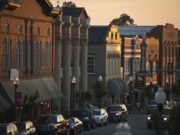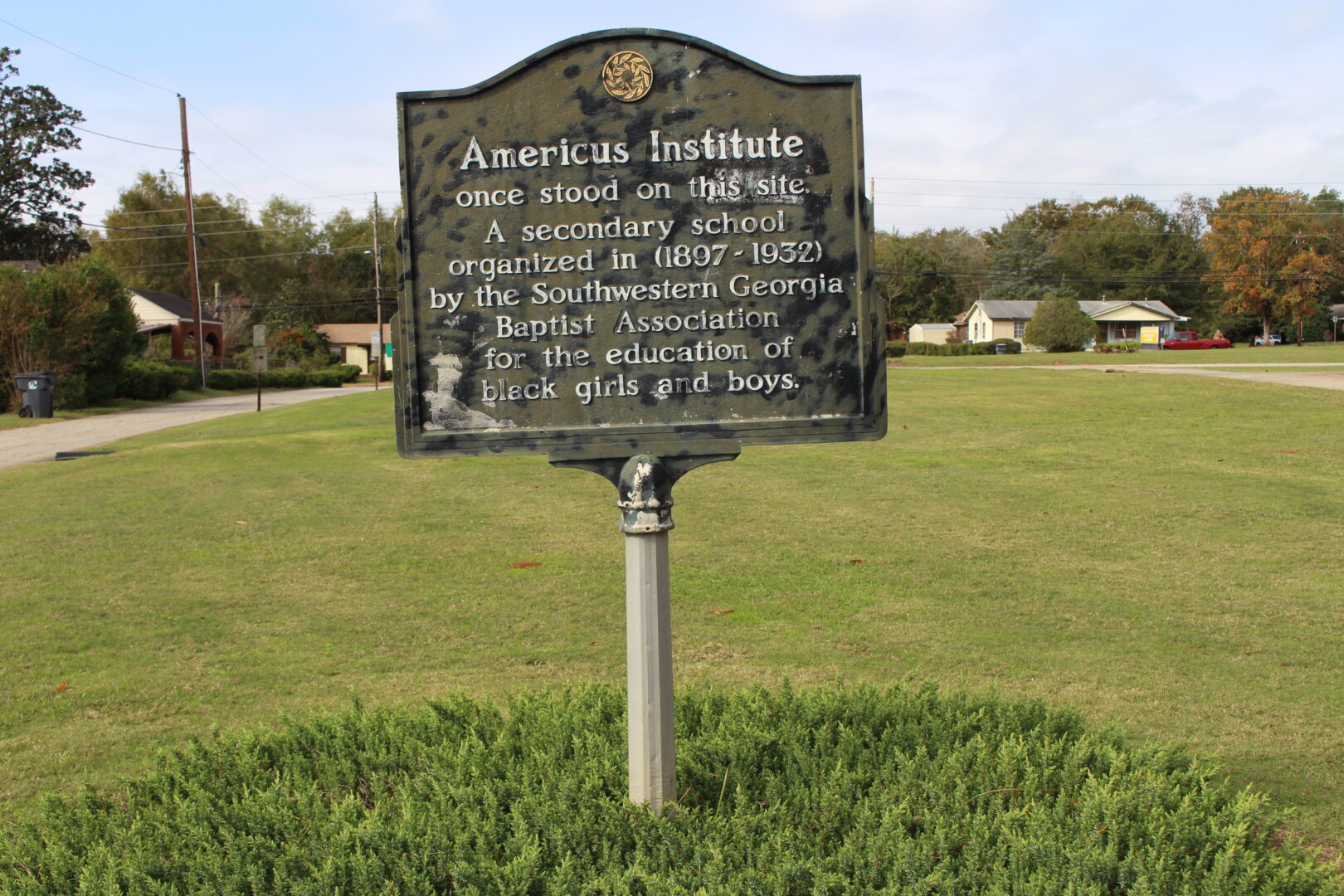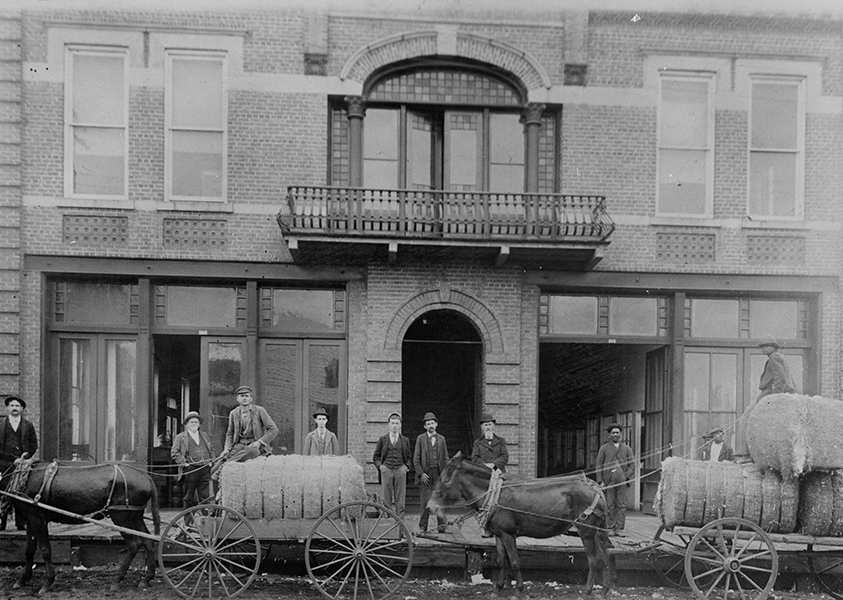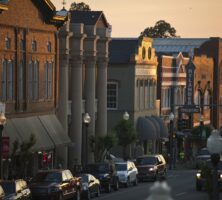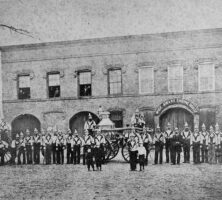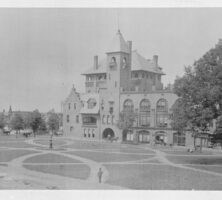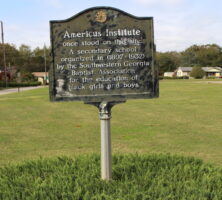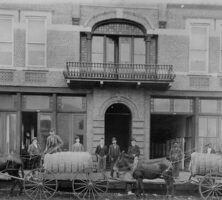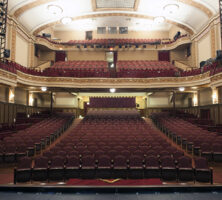Americus, the county seat of Sumter County in southwest Georgia, is located approximately nine miles east of Plains and 150 miles south of Atlanta, in the middle of a triangle formed by Albany, Columbus, and Macon, sixteen miles west of the Flint River. The city was incorporated on December 22, 1832, and by the end of that century it had become the eighth largest city in the state. According to the 2020 U.S. census, the population of Americus was 16,230.
Early History
In mid-July 1832 the town square was laid off and a ceremony held to name the new county seat. The town’s commissioners wrote their suggestions for names on slips of paper, which were to be drawn from a hat by the son of J. W. Cobb, a superior court clerk. Before the name was drawn, Lovett B. Smith, one of the commissioners, proposed the name “Americus,” which was accepted by all.
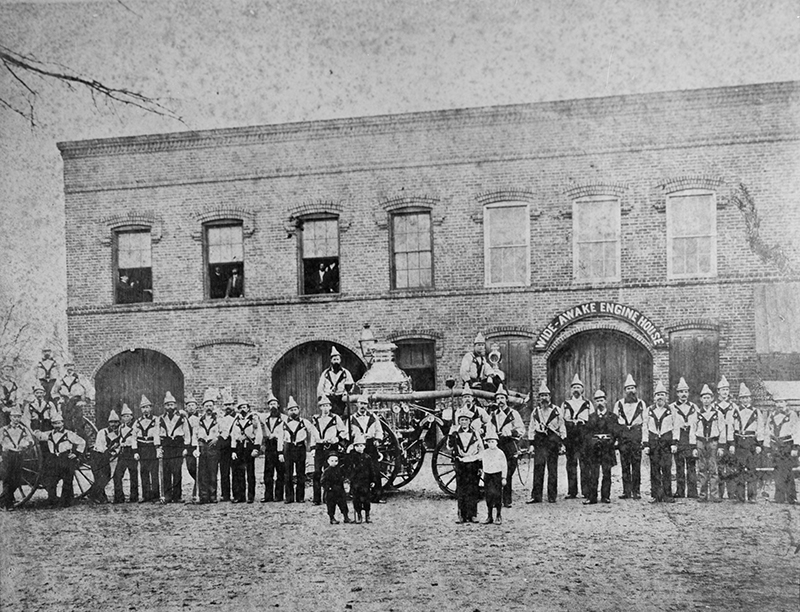
For its first twenty years Americus was overshadowed by Danville on the Flint River. The first courthouse, constructed in 1834, was the site of two major incidents in the pioneer era. In May 1842 farmers in Sumter and several other Georgia counties, rising in revolt over foreclosures resulting from the U.S. financial crisis of 1837, prevented the public sale of farmland, kidnapped the deputy sheriff who was conducting the sale, and destroyed land records. In November 1844 a political riot broke out on the courthouse square between the Democrats and the Whigs, with serious injuries reported on both sides.
In October 1854 the arrival of the South Western Railroad (later the Central of Georgia Railway) spelled the demise of Danville and created a population boom for Americus. Between 1850 and 1860 the number of Americus residents increased twentyfold.
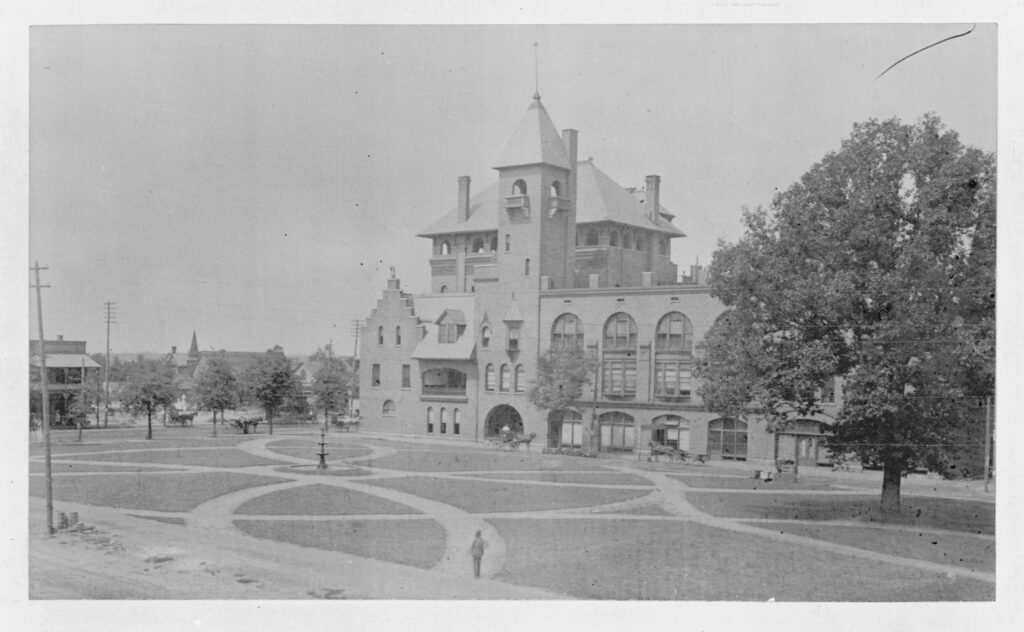
The outbreak of the Civil War (1861-65) saw Americus contribute several units to the Confederate effort. Although no fighting ever took place there, two events in 1864 caused great consternation locally. In February the arrival of Union prisoners of war at Camp Sumter, ten miles north of Americus near Andersonville, filled many with apprehension at the thought of potential escapees. On August 30, when the entire town had been converted into a massive Confederate hospital, Americus suffered the biggest fire in its history. Despite the destruction of almost the entire central business district, there was no loss of life.
The Freedmen’s School —established during Reconstruction to teach freedpeople to read and write—included among its students Elbert Head, who became the Americus’s first Black capitalist, philanthropist, and leader of the Republican Party.
With the end of Reconstruction and the advent of the New South, Democrats regained political control. Both of the U.S. congressmen from southwest Georgia were Americus residents. General Philip Cook, later Georgia secretary of state, was succeeded by Charles Crisp, who became Speaker of the House. Crisp’s antebellum home on Taylor Street, his longtime residence, is a historic landmark.
The only privately capitalized railroad in Georgia history was built in 1884 by an Americus lawyer and banker, Samuel H. Hawkins. By the time his financial empire collapsed in 1893, it had become the Savannah, Americus, and Montgomery Railroad. Another banker, Moses Speer, was responsible for the erection of the Windsor Hotel in 1892. Its eclectic Victorian architecture still dominates the city skyline. Famous visitors include Franklin D. Roosevelt in 1928 and actors Hume Cronyn, Jessica Tandy, and Esther Rolle, who were in Americus in 1993 to film the television movie To Dance with the White Dog, based on the novel by Georgia writer Terry Kay.
Americus-area African American leaders at the dawn of the twentieth century included Major W. Reddick and Alfred S. Staley; Reddick was founder and president of the Americus Institute (1897-1932), where Booker T. Washington spoke in May 1908. Staley established the State Masonic Orphans Home in Americus, which was dedicated in 1903. Race relations reached their nadir in June 1913 with the uptown lynching of Will Redding for shooting the police chief, William C. Barrow.
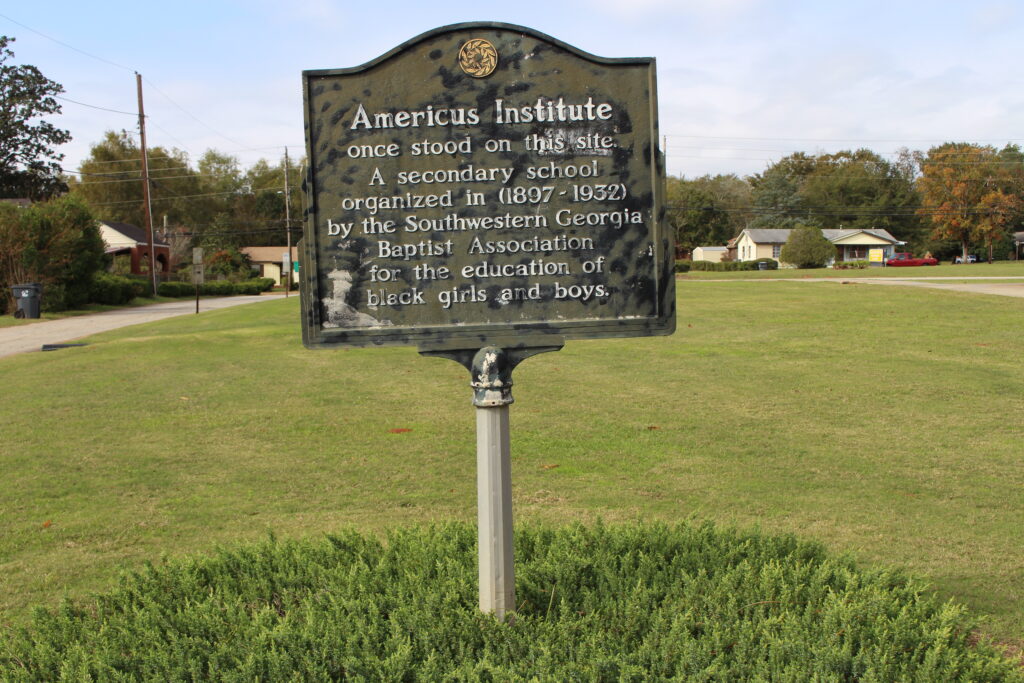
World Wars
America’s entry into World War I (1917-18) brought the construction of Souther Field in July 1918 as a U.S. Army aviation training center, just northeast of Americus. It was here, in May 1923, that Charles A. Lindbergh bought his first airplane and made his first solo flight. During World War II (1941-45), Souther Field was reactivated to train British pilots and served as a prisoner of war camp for captured German soldiers in 1944-45.
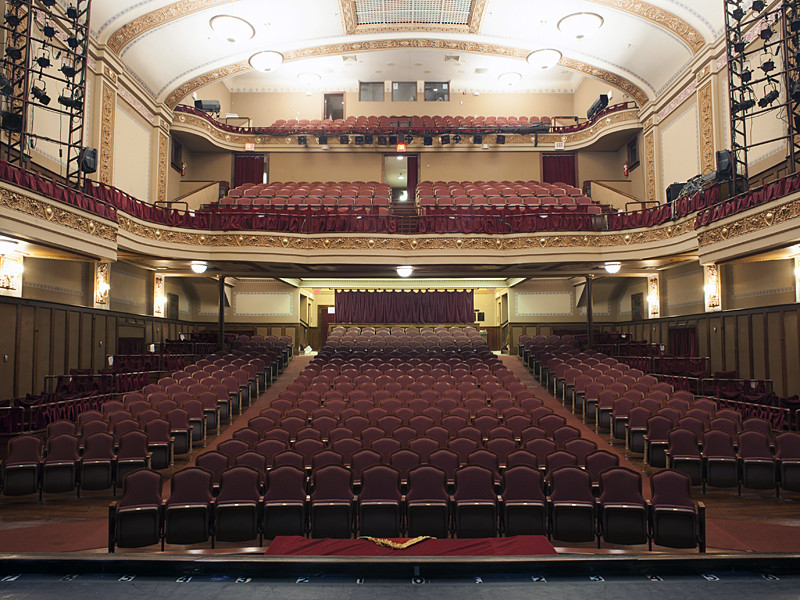
Two additions to the Americus skyline were built by Walter Rylander in 1916 and 1921. One, which originally housed Rylander’s automobile dealership, is now the headquarters of Habitat for Humanity International; the other, the Rylander Theatre, is a prime example of eclectic architecture restored to its former glory.
Americus weathered the Great Depression and World War II with the development of many civic clubs that were instrumental in the diversification of the local economy. Industry was recruited, began operations, and was celebrated, with Miss America Neva Jane Langley leading the parade on Manufacturers Day in 1953. The mobile home industry flourished from 1957 to 1974.
Civil Rights
The civil rights movement brought great change to Americus. In October 1960 a federal district court order allowed students from Koinonia Farm, an interracial community southwest of Americus, to attend Americus High School. In December 1961 Martin Luther King Jr. was held in jail in Americus after being arrested in Albany. As a direct result of public antisegregation demonstrations in Americus in 1963, two Georgia laws were declared unconstitutional.
Despite the violent demonstrations during the summer of 1965, J. R. Campbell, leader of the Sumter Movement (in which a negotiating committee was formed to reason with merchants and local governments in Sumter County to hire Black workers), was able to negotiate with Mayor T. Griffin Walker. In September the police department hired its first African American officers, J. W. Jones and H. L. Williams. The peaceful integration of the Americus public schools was described in a February 1971 Look magazine article by Marshall Frady. In 1975 Lewis M. Lowe became the first Black person to be elected to the city council.
Twenty-first Century
Located between two National Historic Sites and with its wealth of antebellum and Victorian architecture, Americus entered the twenty-first century with the most diversified economy in its history. The populace is served by four public schools, a private academy, South Georgia Technical College, and Georgia Southwestern State University. Agriculture constitutes 85 percent of the area’s economy, the main crops being cotton, peanuts, and vegetables.


